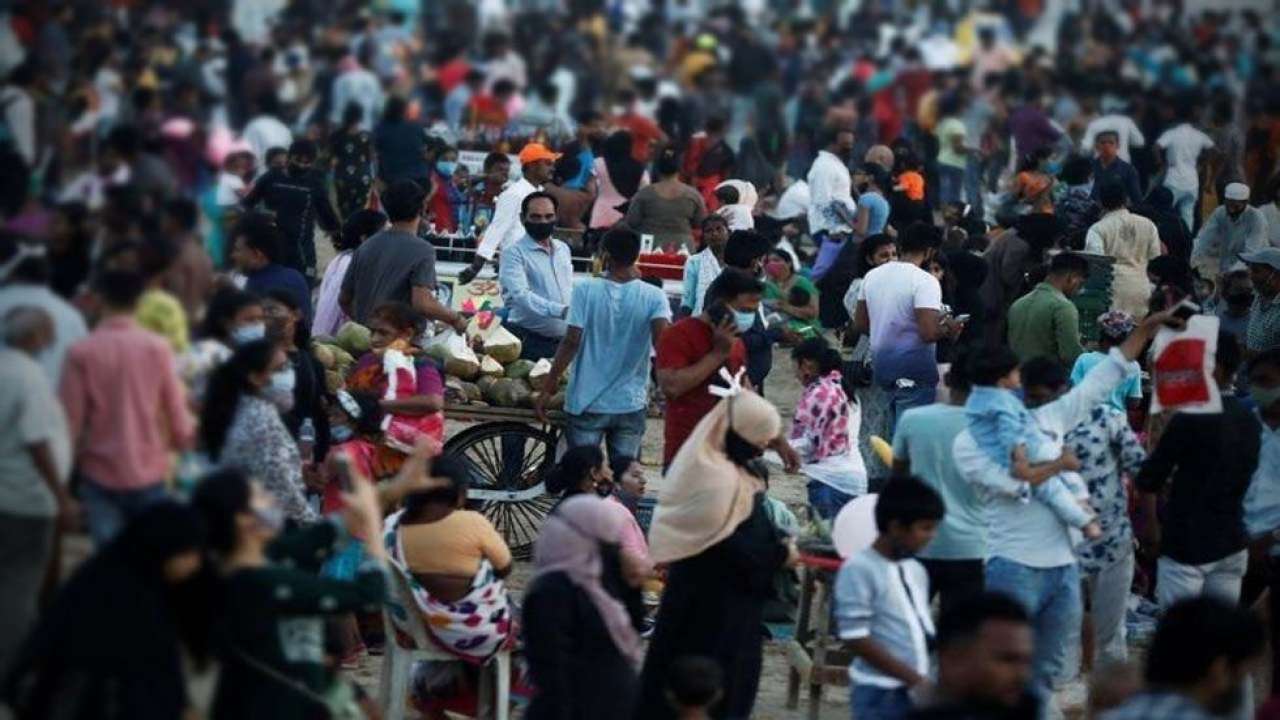
On August 23, a Bihar all-party delegation led by Chief Minister Nitish Kumar met with Prime Minister Narendra Modi to demand a caste census in the country. Tejashwi Yadav of the Rashtriya Janata Dal, the opposition leader in the Bihar assembly, suggested that the caste census could be included in the regular decadal census, which already counts religious groups, Scheduled Castes (SCs), and Scheduled Tribes (STs) separately.
While such suggestions appear logical, they may not help achieve the goal of a caste census, which is to improve our understanding of India’s socioeconomic inequalities. Here are five graphs that demonstrate why.
Although India has not conducted a caste census since 1931, this does not rule out the possibility of reasonable estimates.
Between 1881 and 1931, the British enumerated caste in their decadal censuses. Following that, the practise was abandoned, and independent India did not reinstate it as part of its regular census. The number of people who belong to the SC-ST groups, on the other hand, is counted in the census. In the 1971 census, this percentage was 21.54 percent, and it gradually increased to 25.26 percent in the 2011 census. The trend is unsurprising, given that the SC-ST population remains the poorest in the country, and fertility rates are higher when income levels are low.
The fact that the census does not count social groups other than SC-ST does not rule out the possibility of making reasonable estimates of India’s population’s broad social breakdown. Various government surveys, such as those conducted by the National Sample Survey Office (NSSO) and the National Family and Health Survey (NFHS), collect information on the population’s proportion of SCs, STs, and Other Backward Classes (OBCs). The results of the most recent NFHS and NSSO rounds are summarised below.
Of course, unlike the census, caste shares collected by the NFHS and NSSO are estimates based on surveys. The latter is actually a census of the entire population of the country. It is because of this that the former can be questioned politically.
The fact that today’s NFHS-NSSO estimates of caste shares aren’t all that different from what the Mandal Commission Report assumed they were based on extrapolation from the 1931 census numbers is often overlooked in this debate.





